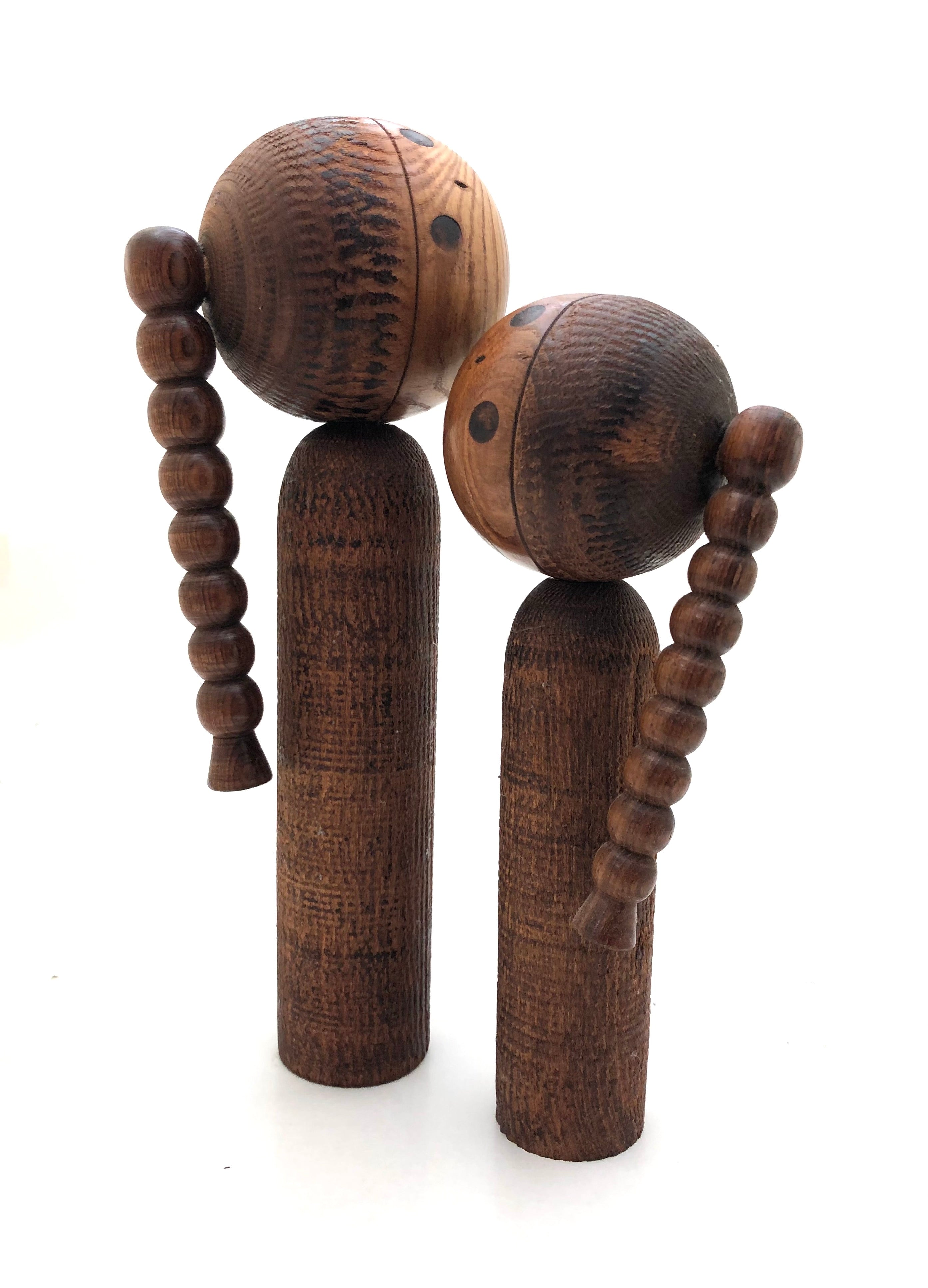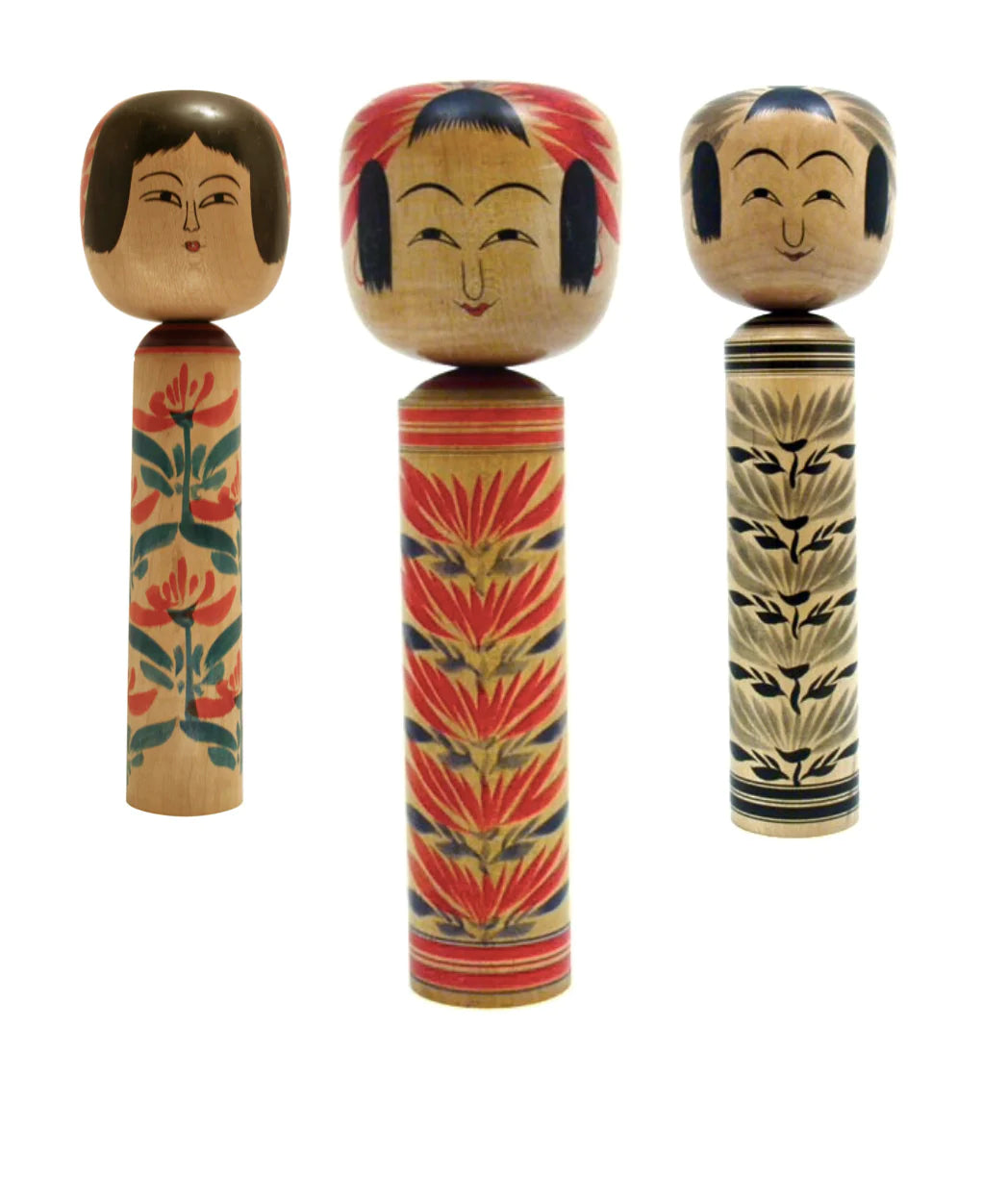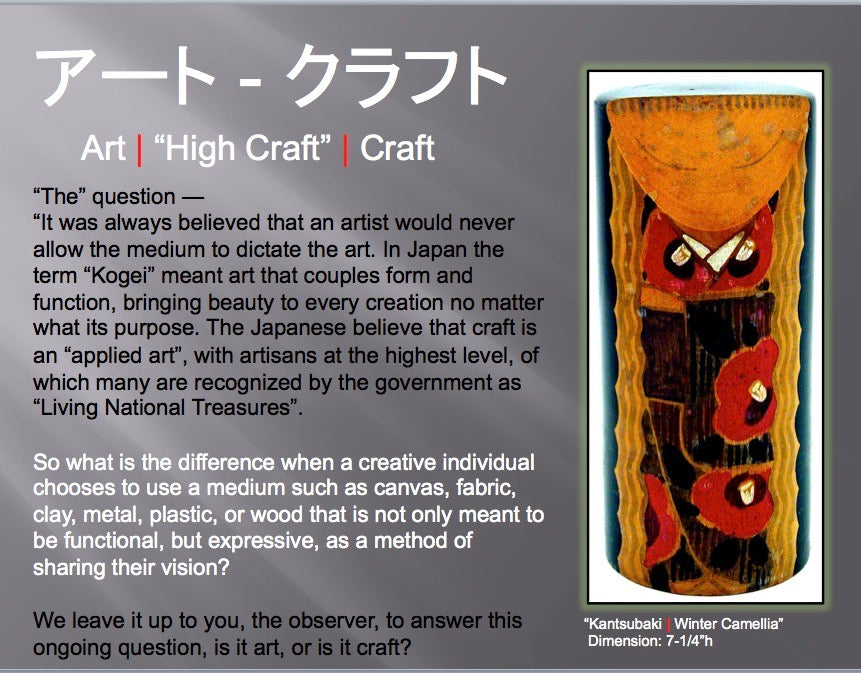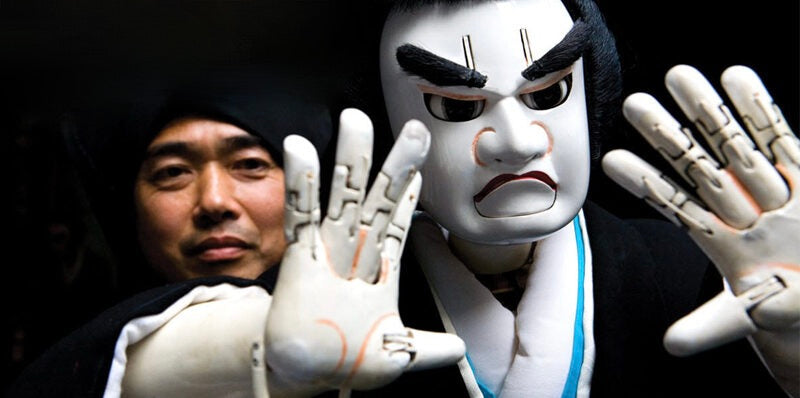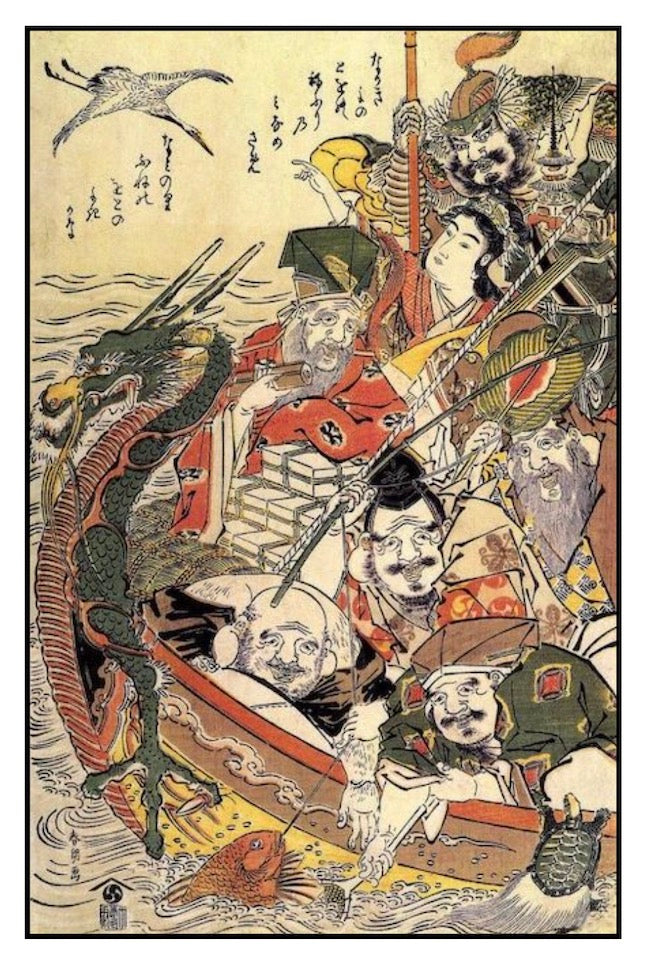Japanese two and three-dimensional art, instead of telling a complete story, often suggests an emotion or a story to be told. Even at that, Japanese art displays extraordinary directness of method and strength of line and form, in which the artist knew what needed to be expressed and created. Japan has amassed a number of outstanding museums and galleries, showcasing the breadth and beauty of creative pursuits in diverse media throughout the country. It is a force indicating a refined conception of everything imaginative, focusing itself upon the attention of every close observer and collector. What, then, is the fundamental difference between art and craft. Any visit to a Japanese dwelling immediately suggests a reply to objects within an interior. Are these art forms simply for the sake of representative effect? It is part of both a decorative scheme as well as a teaching tool for those family members and guests interest formalizing itself on the subject of art and craft ? Throughout Japan, one sees panels of the sliding doors with beautiful graphics and images, that separate areas equal to the quality and rankings of articles of furniture, or quaintly contrived nooks such as a Tokonoma, (alcove) where a hanging scroll or hand-made piece of pottery, a censer supported on a stand, or a flower vase or ‘okimono’ occupies the background of said alcove. These pieces of art took their place in a decorative scheme; to harmonize with, not to eclipse its surroundings; to accompany and not to stand apart from it, so the eye finds equal pleasure in any form of art from every part of an interior space.
The Japanese artist from each discipline accepts every suggestion offered by nature within the limits of its adaptability. The creator’s observation was extraordinarily keen, perhaps because it was never meant to assist the work in any artificial manner. Japanese Art and High Craft, from both within and outside Japan, is additionally respected for it’s most refined arts and cultural achievements, such as the tea ceremony, which is considered a classical art of Japanese refinement, and, alongside Kodo incense appreciation, Ikebana flower arranging, bonsai, and last but not least, Noh theatre.
To help you define what is Art | High Craft | Craft were showcasing the evolution of the various categories we have represented in the traditional arts, illustrating the breadth and depth of contemporary creative pursuits that inspired artists throughout Japan. Below, illustrate a range of media, including: basketry, ceramics & pottery, furniture, enamels, glass, lacquerware, metalwork, porcelain, textiles, works on paper, and woodwork & carvings. Today’s artists are united in their common embrace of tradition in the creative process, but many suggest that they are driven by a newfound reason for creating “ art and craft” based on the realities of ordinary people, and shifting more towards objects that are expressive, choosing form and function carefully to make their work more meaningful.


